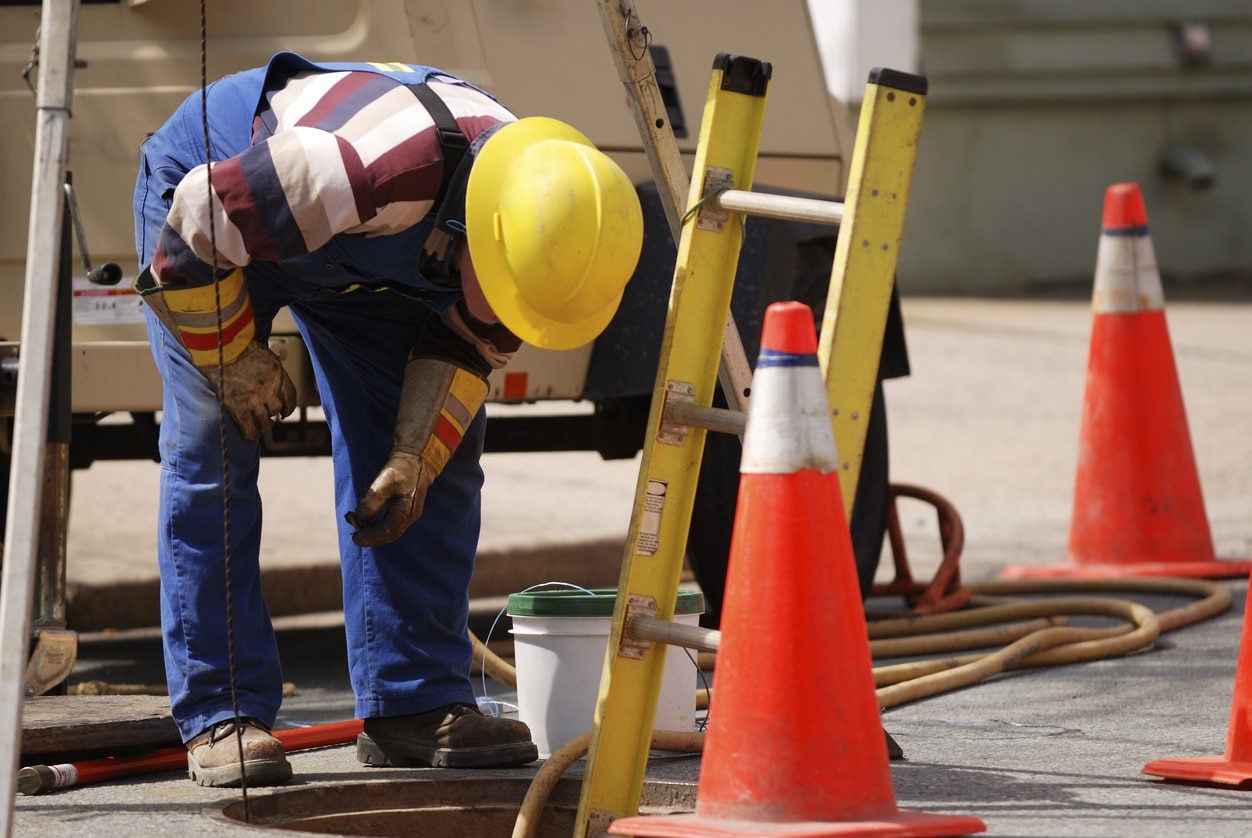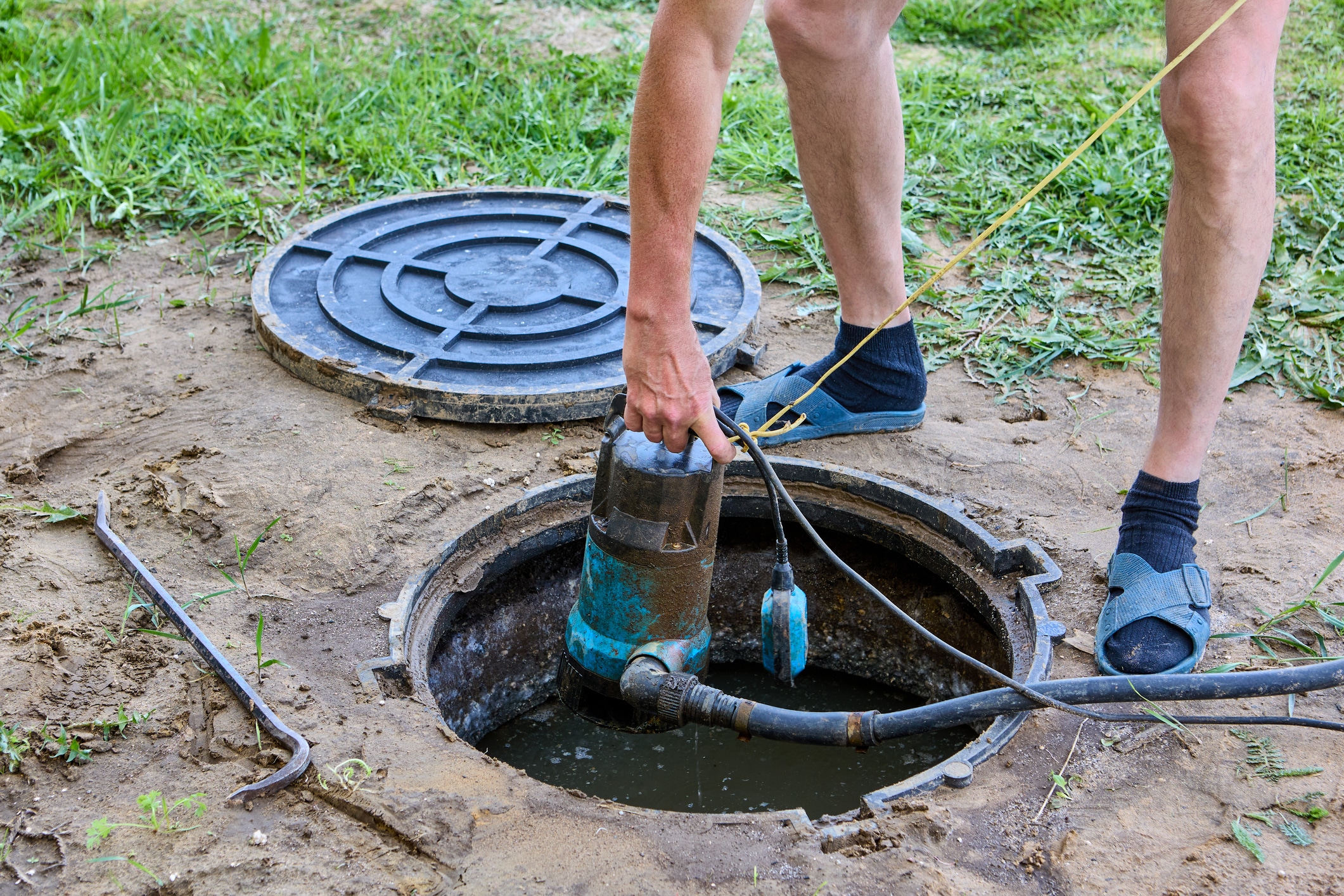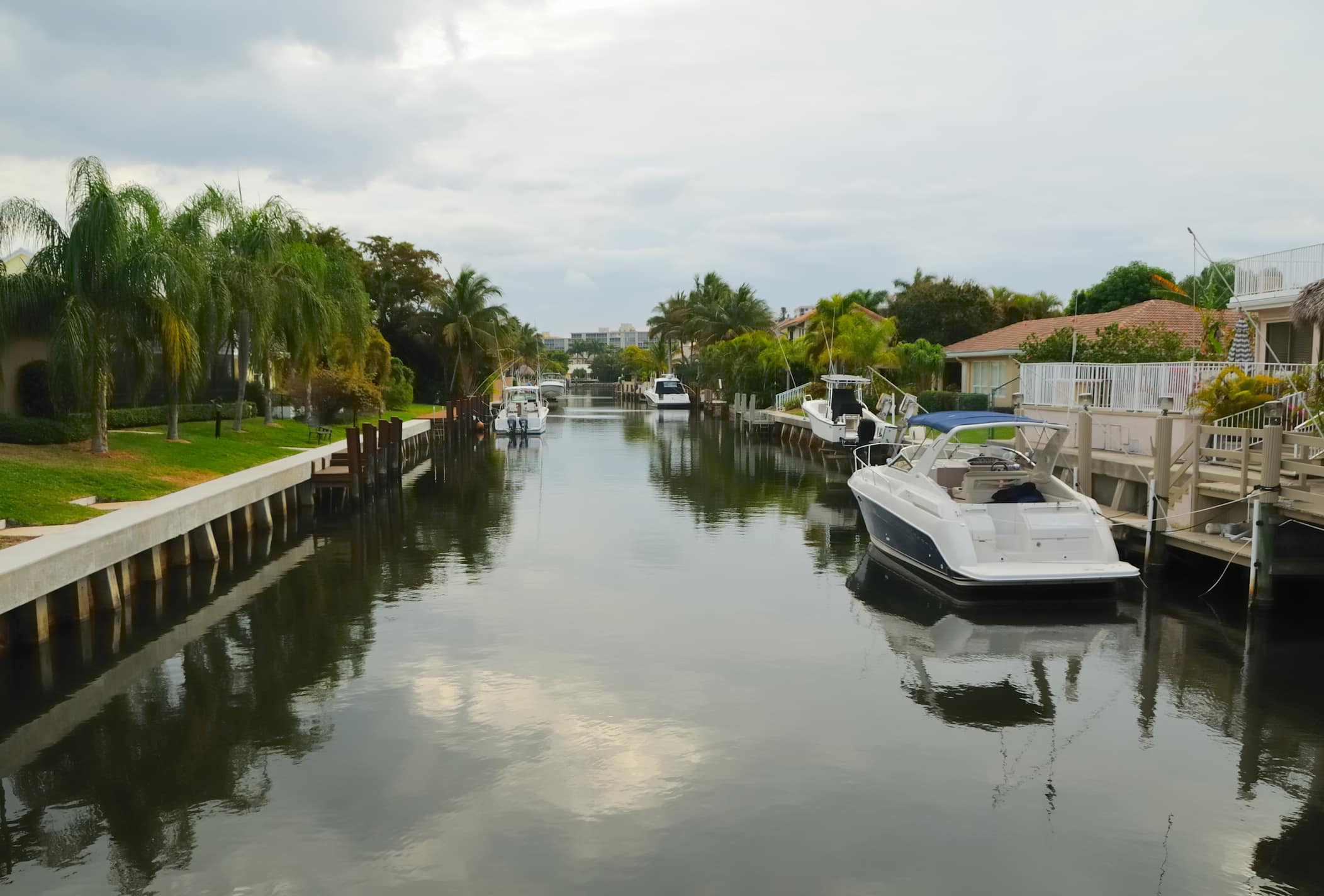Contact Us

Winter Waterfront Worries: How to Protect Your Property from Cold Weather Erosion
Free Estimates (386) 681-8105 When temperatures drop, it’s not just the chill in the air that coastal property owners need to worry about. Cold weather

If you own property next to a waterway or along the beach, you know that erosion can be a major concern. One of the smartest ways to deal with the impact of ever-changing tides is adding a seawall to stop waves from eroding your landscaping and affecting your property line.
A question we get often is, how do you know which type of seawall is best for your needs? Let’s dive deeper into the materials and structures of most seawalls to understand what features are most important for you.
Seawalls are self-explanatory; they act as a barrier between your property and the water. Most waterfront properties can benefit from a seawall as an extra layer of protection against wave damage, both from long-term exposure and storms. They typically are one of these three shapes:
Mounded – works well in gentle waters with a sloped or mounded pile of materials
Curved – redirects waves back into the water with a concave structure
Vertical – stops waves with a wall perpendicular to the water to absorb the waves’ energy
In addition to these three main shapes, there are also four main materials used for seawall construction:
Determine which material works best in your setting; for example, you may not want to use wood or metal for oceanfront property, as the salinity and strength of the waves can damage both faster than they would for concrete or composite.
The strength of the water and the impact of the waves are important factors when selecting a seawall, but you should also consider the amount of use along your waterfront. A home or business on a man-made body of water that serves as a retention pond or feature tends to be calm, which means a simple riprap mound wall would be sufficient.
On the other hand, if you live on a popular boating lake or own a deep-water property, you may see large wakes that can erode your shoreline. A stronger reinforced concrete wall may be necessary for the level of protection you require.
Keep in mind that you may need to investigate local or state guidelines for seawall construction before beginning any waterfront modification. Talk to the experts at All State Civil Construction to learn more about seawall repairs or maintenance. We can help you navigate the world of seawalls so that you can enjoy your waterfront property for years to come.
Contact us online, or call our team directly at (386) 465-2187 today!

Free Estimates (386) 681-8105 When temperatures drop, it’s not just the chill in the air that coastal property owners need to worry about. Cold weather

Free Estimates (386) 681-8105 You may have stumbled upon manhole construction once before and wondered, what is going on down there? Well, manhole construction is

When it comes to maintaining the integrity and functionality of your home’s sewer system, the temptation to tackle repairs yourself can be alluring.

Seawalls protect our coastal communities, standing strong against wave action, coastal flooding, and the relentless rise of sea levels.

Living by the water in Florida offers stunning views and a serene lifestyle, but it also comes with responsibilities.

Catch basins may seem like a benign sighting, but they do play a crucial role in managing stormwater runoff and preventing floods, especially in urban areas with a lot of
Contact Us


Please fill out the form below if you have any questions or give us a call at (386) 681-8105.